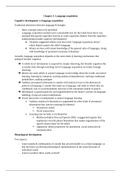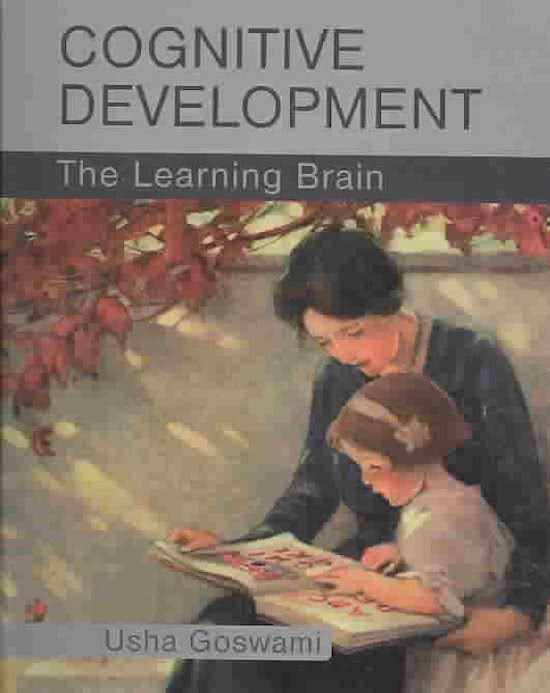Samenvatting
Goswami summary
Summary of the mandatory chapters of the book 'Goswami, u. (2008). Cognitive development. The learning brain. (448 pags.). Hove: Psychology Press.. [ISBN 9781841695310].' This is the mandatory reading material of the book for the course 'School psychology'.
[Meer zien]





